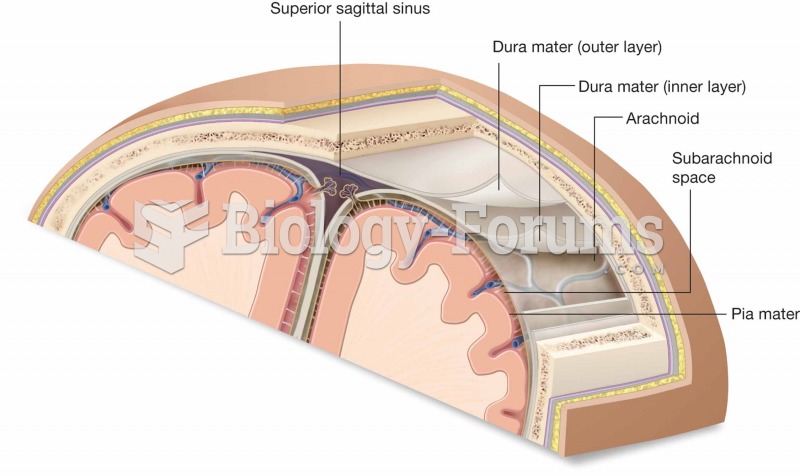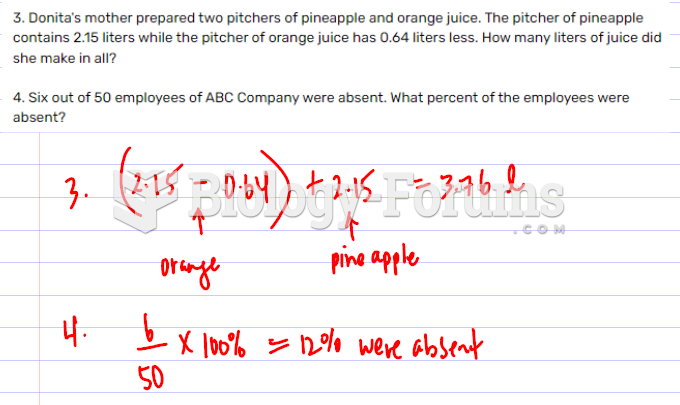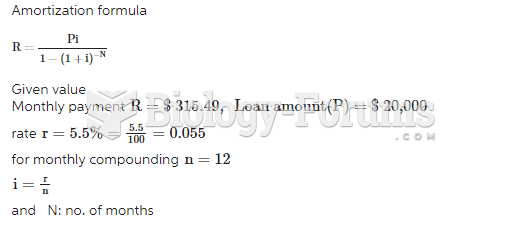Answer to Question 1
There are many advantages to operating the pet shop as a sole proprietorship. Besides the advantage of being your own boss, there are no formal procedures required to create a this type of business ownership. A sole proprietorship is a flow-through tax entity which means that, although Andy must pay personal income tax on any profit he earns, the business itself does not pay income taxes. The business is not even required to file a separate tax return.
Certainly, Andy faces some serious disadvantages as a sole proprietor. He is personally liable for any debts or claims made against the company or his employees. As the owner of a sole proprietorship, Andy will have limited options for financing his business. Debt is generally his only source of working capital because he has no stock or memberships to sell. For this reason, sole proprietorships work best for small businesses without large capital needs.
Answer to Question 2
A sole proprietorship is an unincorporated business owned by one person. It is easy and inexpensive to create and operate. However, the owner has unlimited personal liability for the debts of the business. The owner has the right to manage the business. Business income is taxed on the owner's personal income tax return; the company does not have to file a separate tax return. A general partnership is an unincorporated association of two or more co-owners to operate a business for profit. Partnerships are easy to form and do not require filings with the government, although a written partnership agreement for use between the parties is recommended. A disadvantage of general partnerships is that each partner is personally liable for the debts of the enterprise whether or not she caused them. Thus, a partner is liable for any injury that another partner or an employee causes while on partnership business as well as for any contract signed on behalf of the partnership. Unless otherwise agreed, partners have equal rights to manage the business. A partnership does not pay taxes itself; all income and losses are passed through to the partners and reported on their personal income tax returns. Limited liability companies generally require two documents: a charter and an operating agreement. The charter must be filed with the Secretary of State in the jurisdiction in which the LLC is being formed. The operating agreement sets out the rights and obligations of the members. All members have limited liability, and the business has the tax status of a flow-through entity. Corporations are relatively expensive and difficult to form, but owners have limited liability. Generally, the owners/shareholders are not involved in the management of the company. Corporations are taxable entities, so they must pay taxes and file returns. The owners/shareholders must also pay tax on dividends they receive from corporations.
 The meninges from the outside in: dura mater, arachnoid, and pia mater. Also showing the subarachnoi
The meninges from the outside in: dura mater, arachnoid, and pia mater. Also showing the subarachnoi
 Charles Darwin may be dead and gone but a recent write-in campaign has pitted him against Republican
Charles Darwin may be dead and gone but a recent write-in campaign has pitted him against Republican





